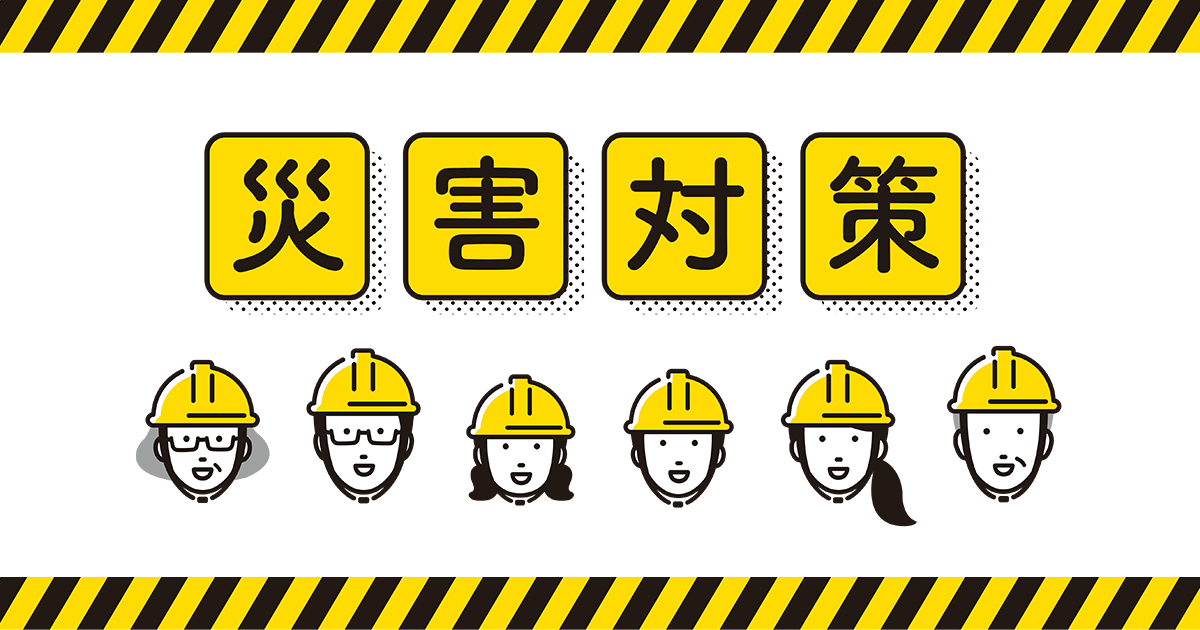和訳お願いします
和訳お願いします!
Financial ratio analysis
In financial ratio analysis,
the analyst examines the relationship between two numbers on the financial statements-in most cases dividing one number by the other-in order to draw conclusions about a company's financial condition.
Although there are potentially as many ratios as there are pairs of financial statement numbers,our discussion will focus on nine ratios can tell us a lot about the financial health of a company.
These ratios fall into three categories. Liquidity ratios and leverage ratios seek to answer the question,"Where do they stand?" The former focus on a company's ability to meet its near-term cash requirements, while the latter look at the relationship between liabilities and shareholders' equity.
Profitability ratios,which assess a company's profitability, are one approach to answering the question, "How did they do?" The other approach involves an analysis of the cash flow statement,which is discussed in the last section of this chapter.
よろしくお願いします。
























お礼
※捕捉欄の後に書きました #3の方の最後の指摘を忘れていました! 「その会社の財政状態は不安定になった(その後は(例えば会社を辞めて)どうなったのか知らない)」という意味にとると、完了形にする必要がないということですか。 うーん、でも、捕捉欄と同じ疑問になっちゃいますけど、(1)はどう考えても変なのでしょうか?意味はまったく伝わらないのでしょうか?
補足
回答ありがとうございました。 comeとbecomeの違いは納得できました。 問題においても、「その会社の財政状態は依然として不安定である」という意味にとるならば、comeよりbecomeにより似た性質を持つremainの方が適切ということですね。 しかし The financial condition of the company has come unstable.---(1) という文はまったく意味をなさないのでしょうか? 「その会社の財政状態は不安定になった(その後は(例えば会社を辞めて)どうなったのか知らない)」という意味にとれば(1)も間違っていないような気がするのですが、どうでしょうか?それともやっぱり、本場で英語を使っている方にとっては(1)はどう考えても変なのでしょうか?